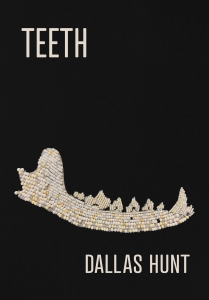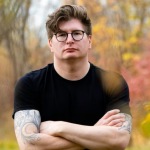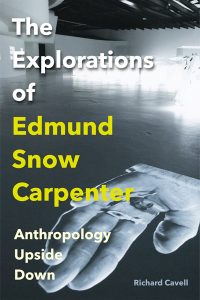Term 2
TUE THU, 11:00 AM - 2:00 PM
Storying Land: Canadian Literary Ecologies
Since emerging as a multidisciplinary field in the early twenty-first century, environmental humanities research has variously interrogated the narratives and cultural concepts figuring humanity’s relations to the land and non-human nature. Imperative to literary criticism within this paradigm has been not only a reappraisal of “nature” as an object of study but a reorientation of anthropocentric understandings of humanistic “culture” (including the Humanities) toward its material and ecological embeddedness—pressingly, the inseparability of environmental crises from their historical and cultural foundations shaping how we imagine (and might reimagine) what it means to live in relation to the land. In the context of lands claimed by the state formation of Canada—the land beneath our feet at UBC—such crises and relations are marked by the history of colonization and encompass radical differences between settler and Indigenous epistemologies. Literature in Canada is implicated in the historical stabilization of foundational binaries between “human” and “nature” that have naturalized the eliminatory and extractive logics of settler-colonial territoriality, a violent structure of both land-based domination and environmental injustice. A grounding place for struggles towards decolonial and/as environmental justice in the work of many writers, artists, scholars, thinkers, and activists in Canada today is thus the meaning of the land. How do we know the land in literature? Can literature write the land (without exploiting it)? How might the land itself speak through literature? How is it heard?
In this seminar we will take up these (and other) questions by examining literature’s relationship with land in the context of Canada. Our concern will be to first establish a historical perspective, and then to ask what role stories, literary arts, and humanities research are playing in denaturalizing settler-capitalism by envisioning reciprocal land relations and more environmentally just futures. We will examine the Eurodescendant epistemologies transposed by writers who mapped onto ostensibly “new” territory ideas about the sublime beauty or terror of a vast, unpopulated landscape—ideas like “wilderness” and “the North” that supported Canadian national identity, Indigenous erasure, and the work of “developing” lands and resources. We will consider how such land-claiming narratives delegitimated other ways of living and making meaning in relation to the land, displacing not only the storied knowledge of Indigenous peoples who have lived with the land for millennia, but other diasporic relations to place and ecology. We will look to decolonial epistemologies of land and kinship in contemporary Indigenous literary arts and activism to consider resurgence in relation to environmental justice (and in conflict with certain currents of “environmentalism”), and to cultural ecologies of non-Indigenous solidarity and anti-anthropocentric resistance. Our readings will broach both rural and urban lands in Canada, range from the Pacific coast to the Prairies to the high Arctic to the Maritimes, and address particular crises and sites of resource extraction (e.g., pipelines, tarsands, water, climate change), adopting an expansive sense of the “literary” in diverse genres and representational forms.
Readings:
We’ll be localizing our approach to environmental humanism within Canadian contexts, drawing on Indigenous studies and settler-colonial studies as they interface with thinking in ecocriticism, Anthropocene studies, petrocultures/energy humanities, critical race studies, and environmental and climate justice.
Students can expect a mixture of creative and critical texts; while not a “theory” seminar exclusively, it encompasses theory and encourages students to consider stories and creative arts as theoretical. Generally, our seminars will combine secondary readings with a primary text(s) in the form of novels, books of poetry, short stories, short and feature-length films, digital media, and visual art. A provisional list of authors/artists includes Jeannette Armstrong, Margaret Atwood, Di Brandt, Edward Burtynsky, Warren Cariou, Stephen Collis and Jordan Scott, Glen Coulthard, Cherie Dimaline, Margery Fee, Northrop Frye, Dina Gilio-Whitaker, the Group of Seven, Donna Haraway, Tasha Hubbard, Naomi Klein, Bruno Latour, Lee Maracle, Cecily Nicholson, Rob Nixon, Howard O’Hagan, Al Purdy, Eden Robinson, Zoe Todd, Leanne Betasamosake Simpson, Imre Szeman, Tanya Tagaq, Elle-Máijá Tailfeathers, Kyle Powys Whyte, Patrick Wolfe, rita wong, Kathryn Yusoff, Zacharias Kunuk.
Assignments:
The course will likely involve 2 short reading response/reflection papers, one individual seminar presentation, one creative/critical project, and a final conference-style paper
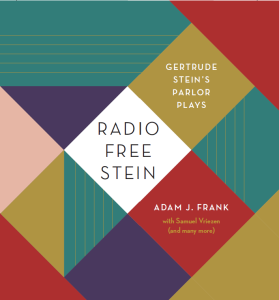
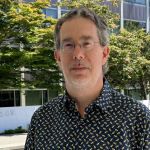

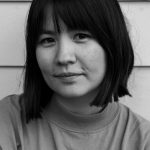 Alice Turski is a PhD candidate in the UBC Department of English Language and Literatures. Before coming to UBC, Alice received her MFA from Cornell University, where she also taught as a Teaching Fellow.
Alice Turski is a PhD candidate in the UBC Department of English Language and Literatures. Before coming to UBC, Alice received her MFA from Cornell University, where she also taught as a Teaching Fellow.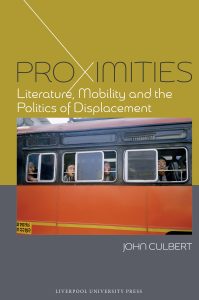

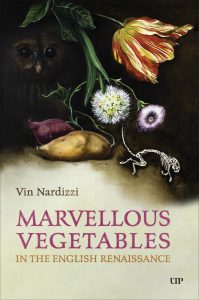
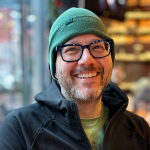
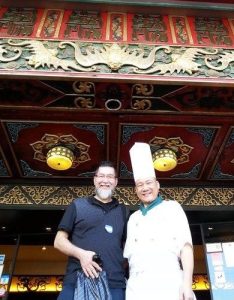 Food, cooking, and eating are biologically necessary and socially powerful: we produce and cook food to survive, but also to reinforce social bonds, to celebrate tradition, to evoke memories of home, to compete with other cooks, to impress the eater, and even to beguile and seduce.
Food, cooking, and eating are biologically necessary and socially powerful: we produce and cook food to survive, but also to reinforce social bonds, to celebrate tradition, to evoke memories of home, to compete with other cooks, to impress the eater, and even to beguile and seduce.